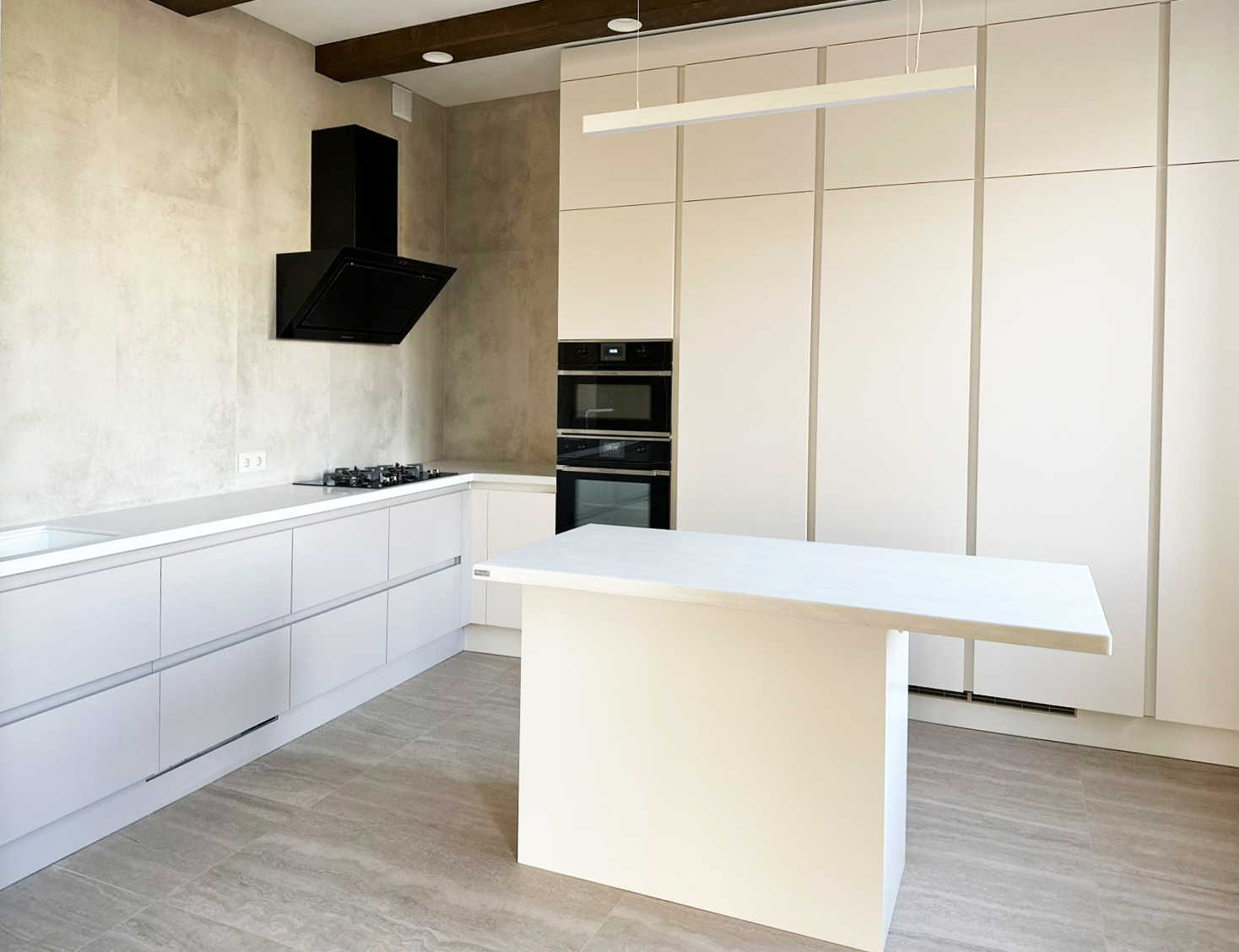
Culinary Spaces Redefined
The Evolution of the Kitchen
Traditionally, the kitchen has been seen as a utilitarian space—a room solely for the preparation and cooking of food. However, modern design and lifestyle trends have ushered in a new era for culinary spaces. Today's kitchens are the heart of the home, combining functionality with aesthetics, technology, and comfort to serve not just as a place to cook, but also as a central hub for socializing, entertainment, and relaxation.
Integrating Technology and Functionality
Smart homes and the Internet of Things (IoT) have transformed our living spaces, and the kitchen is no exception. Innovations such as smart refrigerators, ovens that can be remotely preheated, and gadgets that monitor food freshness are becoming commonplace. This technological integration allows for a more streamlined cooking experience, precise control, and the efficient management of groceries and leftovers, thereby redefining the culinary space as an interconnected, technologically advanced environment.
Open-Plan Living and the Culinary Space
The move towards open-plan living has brought the kitchen out of the shadows and into the purview of the overall living experience. As walls between rooms disappear, the culinary space has become a part of the daily family life and a focal point for social gatherings. This has led to the need for kitchens to be both functional and aesthetically pleasing, as they are no longer hidden from view but rather showcased as a key feature of a home’s design.
Designing for Experience and Social Connection
As kitchens evolve into spaces for social interaction, their design now often includes large islands or counters that double as dining areas, workspaces, or bars. Such features invite people to gather and interact, whether it's during meal preparation, casual dining, or when hosting parties. This redefines the culinary space as an intimate spot for family members to converse and bond, as well as a social stage for entertaining guests.
The Rise of Multifunctional Spaces
In many homes, especially those with spatial constraints, kitchens are becoming multipurpose spaces. Foldable and extendable furniture, hidden storage solutions, and convertible appliances are being integrated into culinary spaces to serve multiple roles—from home offices to homework stations to crafting corners. This adaptability enhances the usability of a kitchen, making it a versatile space for a variety of activities beyond cooking.
Sustainability in the Culinary Space
The redefined kitchen also reflects a growing awareness of environmental impact and sustainability. Eco-friendly materials, energy-efficient appliances, and designs that promote recycling and composting are coming to the fore. Through sustainable practices, culinary spaces are not only providing practical benefits but are also contributing to a more ecologically responsible lifestyle.
Conclusion: The Future of Culinary Spaces
Culinary spaces have radically changed, transcending their original role to meet the demands of modern living. They are no longer confined areas relegated to food preparation but rather dynamic, multi-purpose environments that connect technology, functionality, design, and socialization. As we continue to innovate and integrate these aspects, culinary spaces will remain at the forefront of homemaking, continuing to evolve in ways we can only begin to imagine.